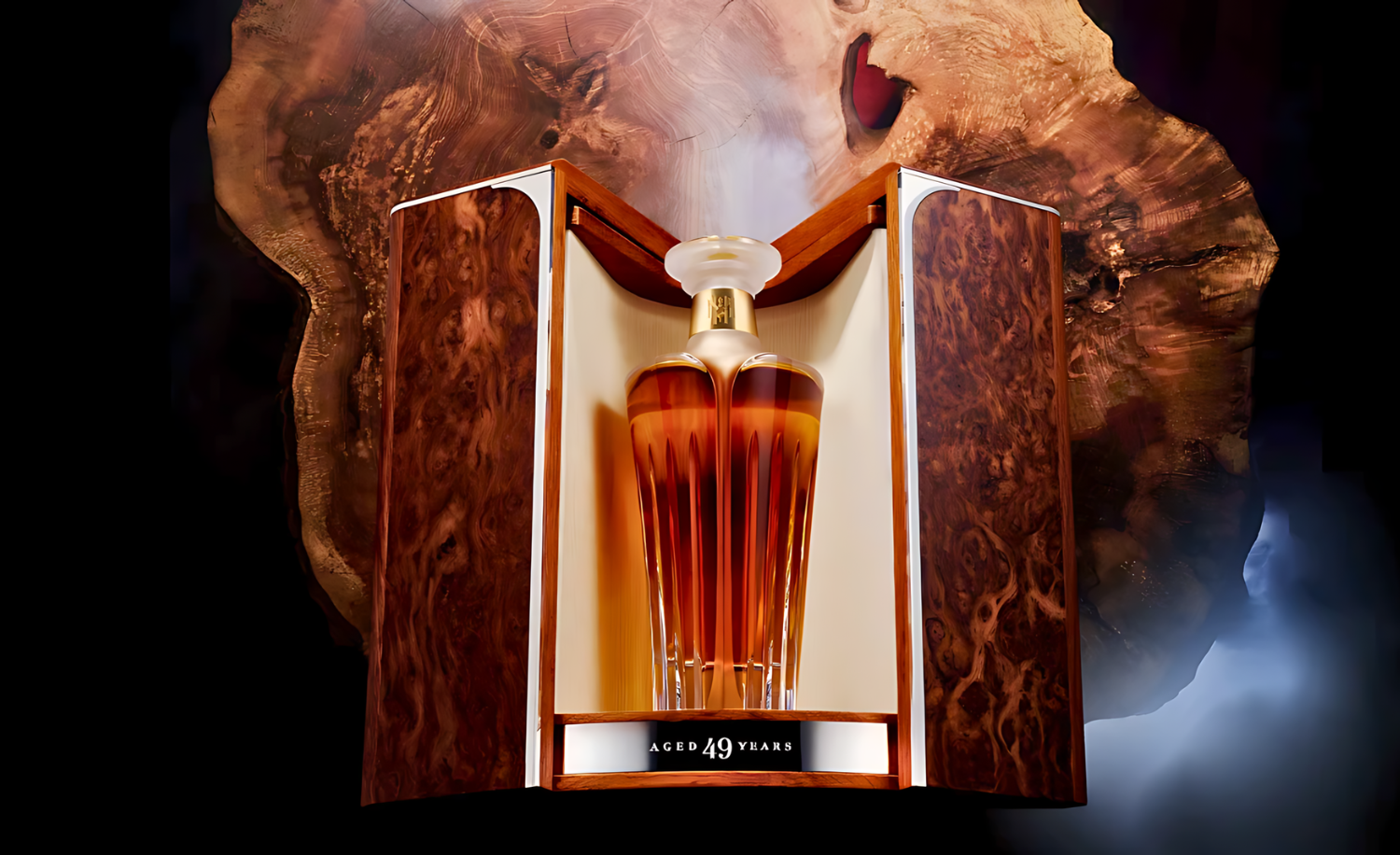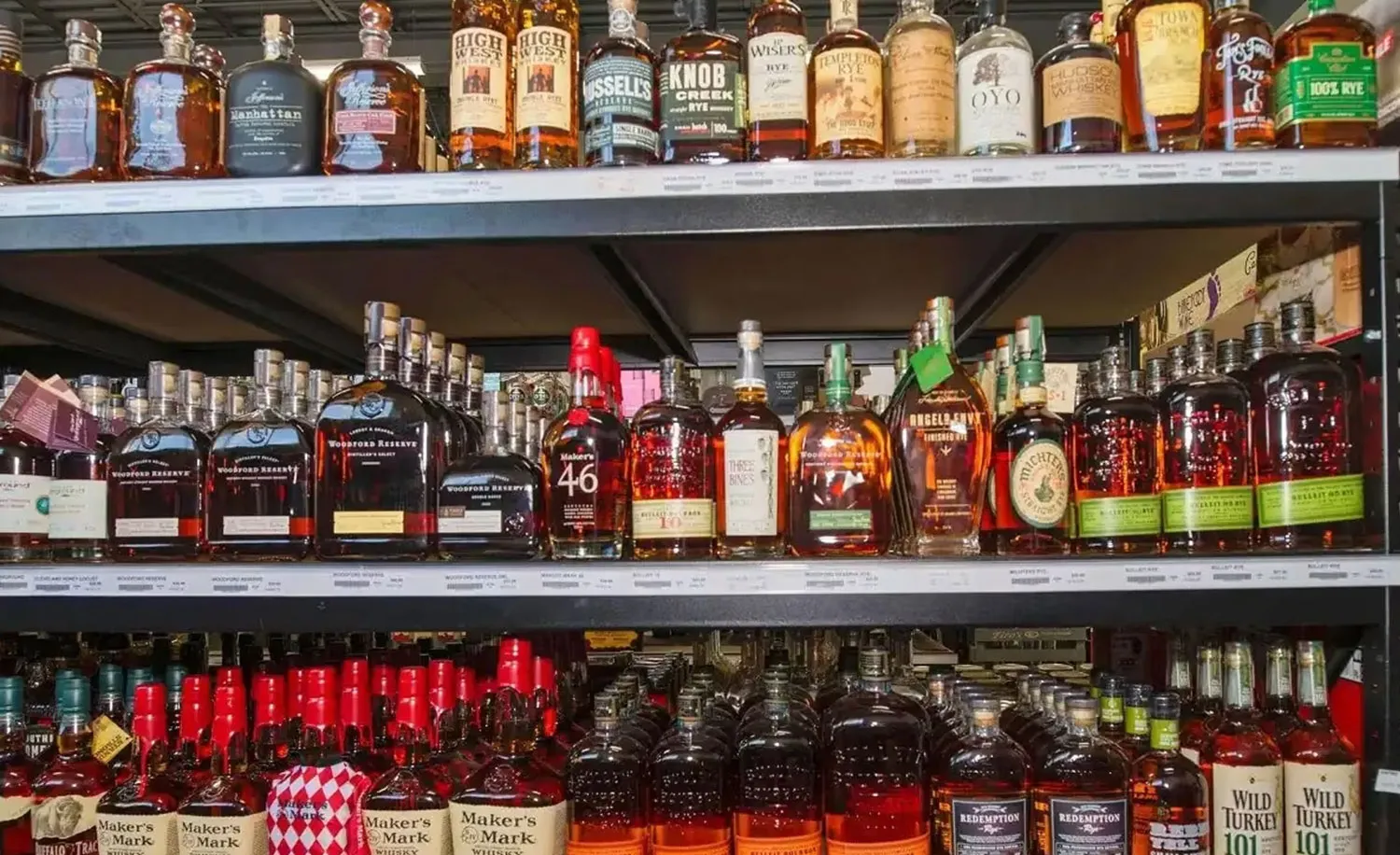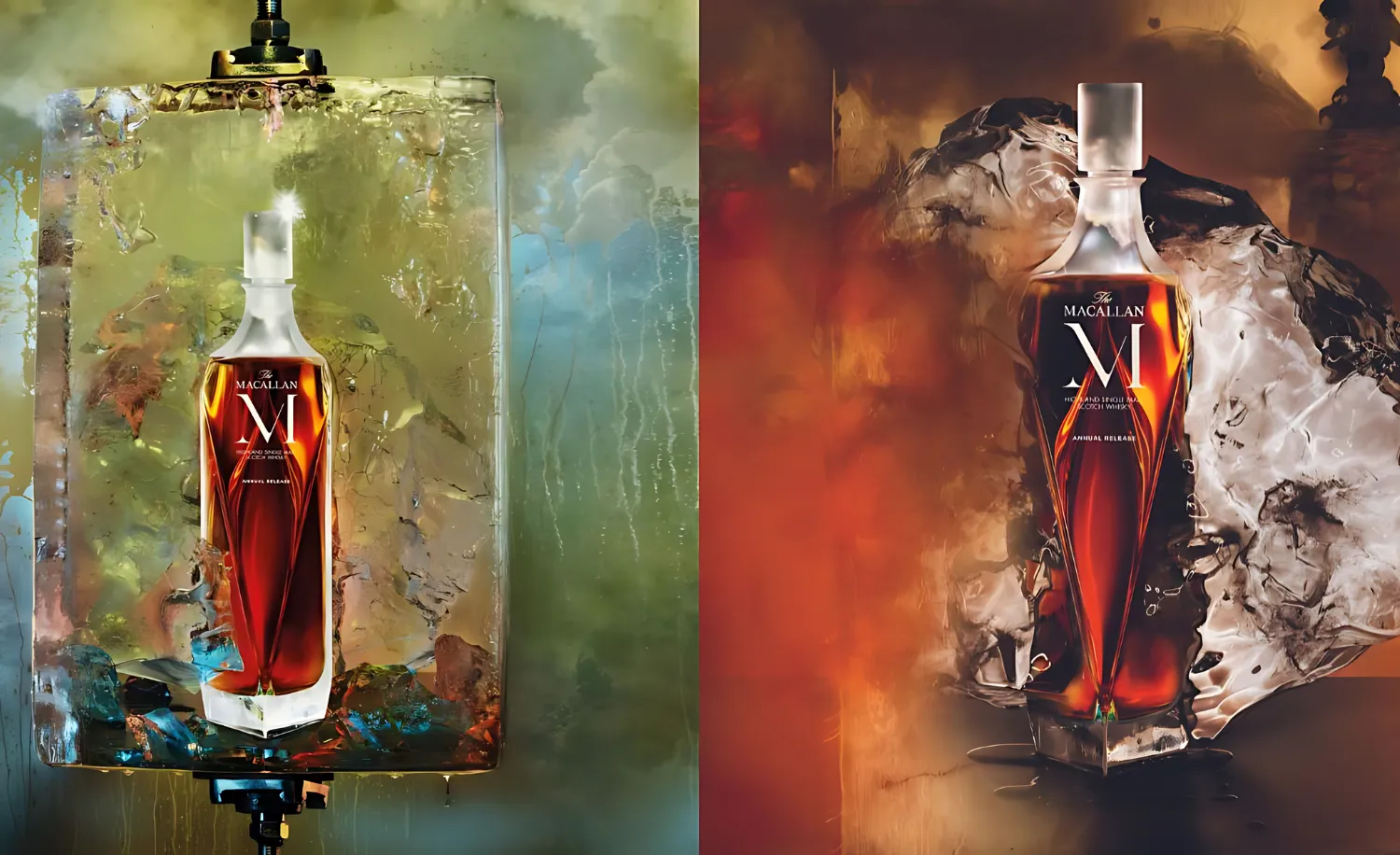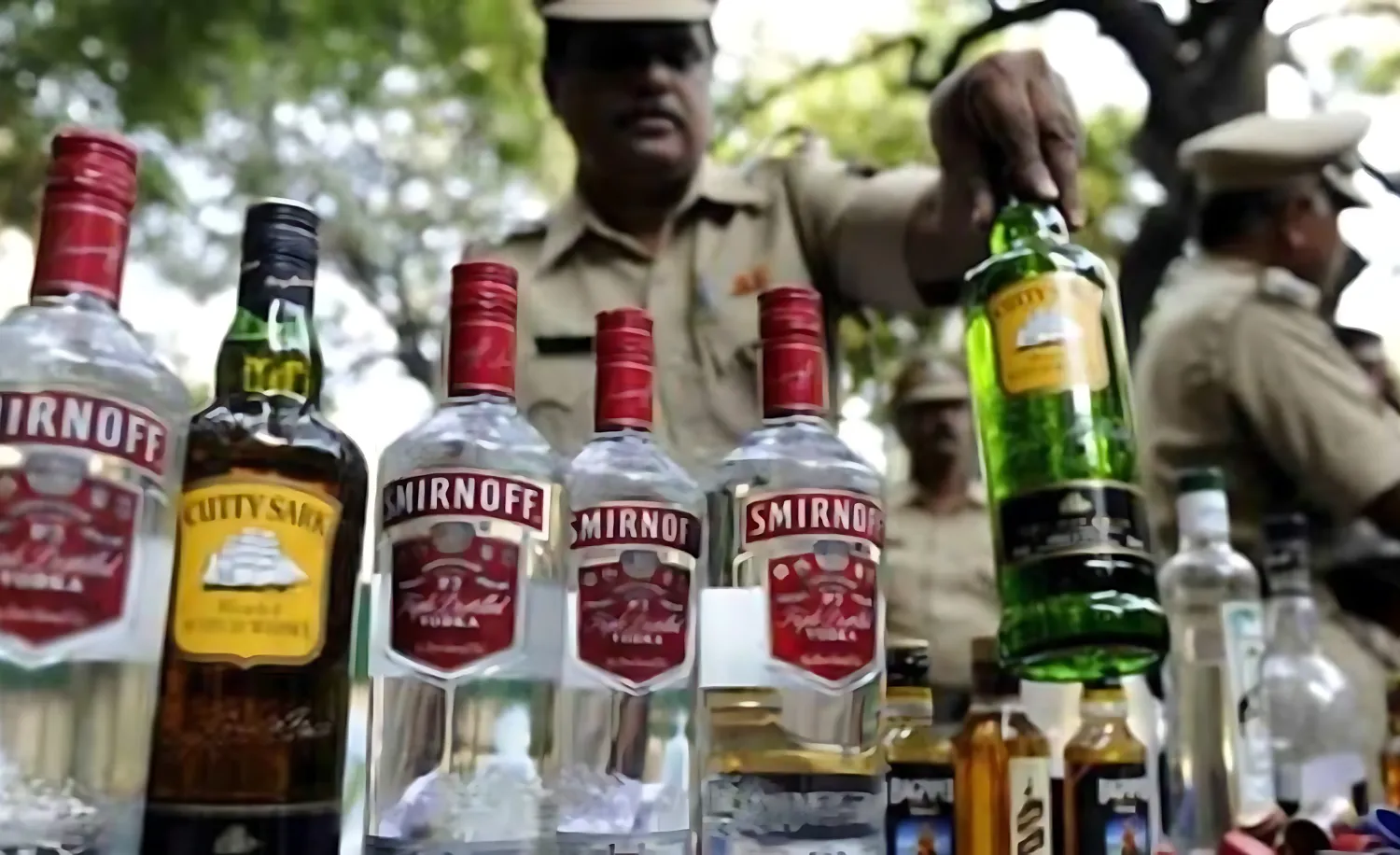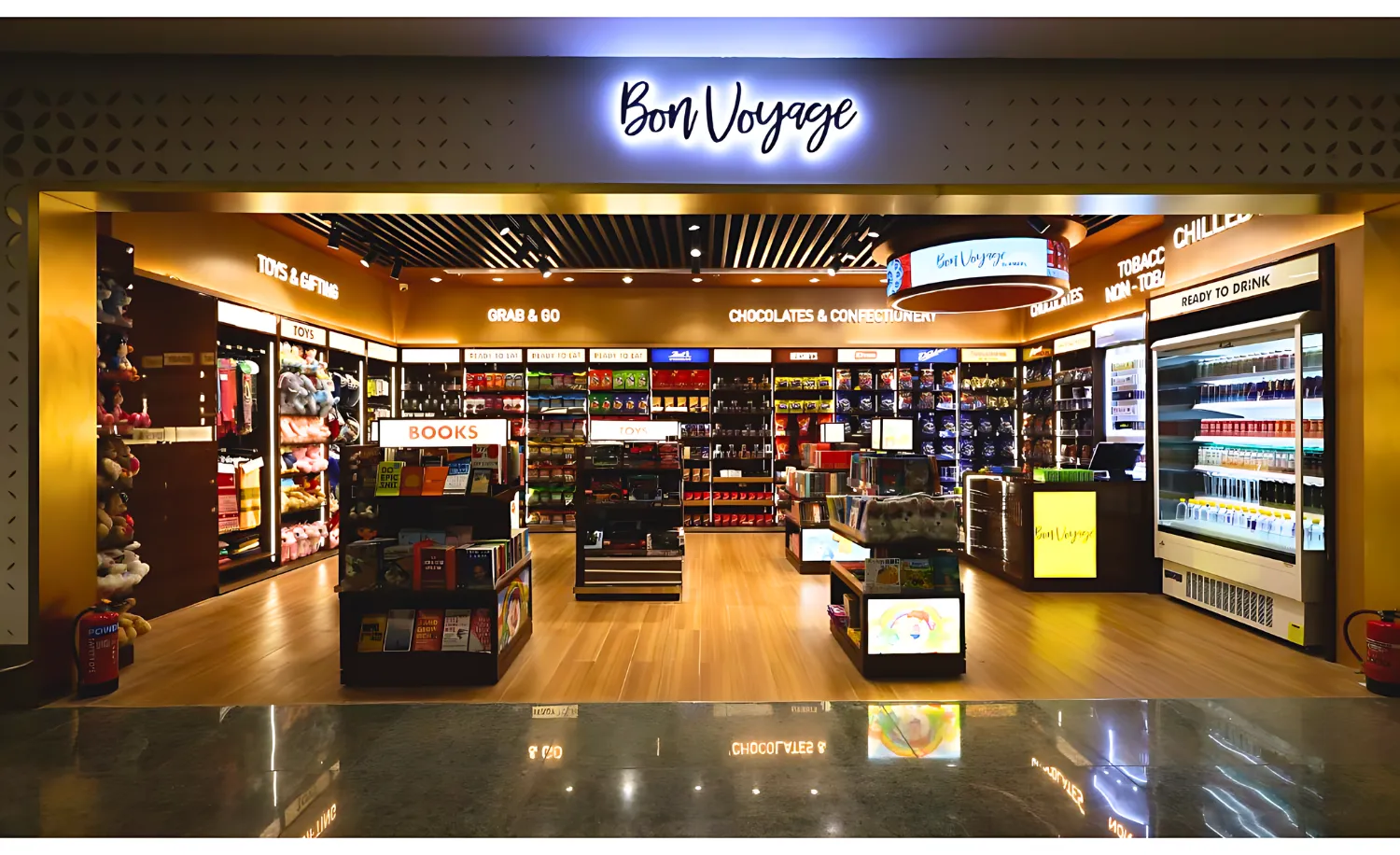‘It was quite a challenge to bring Suntory to India’
Ankur Sachdeva during his 18 year career in the wine & spirits industry is credited with introducing iconic brands and categories into India such as Glenfiddich, The Balvenie, Yamazaki and Hibiki to name a few. After his successful stint as President, Radico Khaitan Limited, he is currently COO, Kajaria Plywood Pvt Ltd. Here he happily goes down the memory lane to share his penchant for all things Japanese.
My earliest recollection of Japanese whisky was from the epic scene of Bill Murray in the movie – Lost in Translation, “For relaxing times, make it Suntory time!”. I think at some level, it seeded the curiosity to know more about this product. Over a decade later, as Head of International Business at Radico Khaitan, I found myself negotiating with Mizutani San, the possibility of importing Suntory range of whiskies (Yamazaki Single Malt, Hibiki Blended, Hakushu Single Malt) to India for the domestic duty paid market. What followed was one of the most exciting journeys of my professional life until then.
Challenge
In light of the very recent global surge in interest in Japanese malt whisky (including the role of multiple international whisky awards to Yamazaki Single Malt as catalyst) and given the backdrop of a multi-decade declining domestic whisky market in Japan, the main distillers had been gradually distilling and maturing less and less whisky each passing year. The net result of this was that the sudden increased demand in America and Europe for aged Japanese whisky could not be met by a depleting whisky inventory, leading to a supply-demand mismatch.

The producers were forced to restrict distribution and used this opportunity to increase their selling prices, let’s say a perfect storm that created panic of sorts among consumers and trade. So, while India was an attractive market for Suntory and its corporate ambitions, but only their range of ‘scarce’ Japanese single malts were the flavor-of-the-day and hence the challenge was to convince Suntory to spare and allocate few cases and marketing attention to India.
What followed was a typical phase of endless negotiations, planning, multiple visits back & forth, confidence building measures and what not. The most memorable bits were visits to the Yamazaki distillery, Hakushu distillery and ofcourse Japanese food to eat and lots of sake and whisky to drink. I also picked up a few key Japanese words and phrases and started feeling at home at the growing number of Japanese restaurants in the city.
Yatte Minahare, translates to Go for it”

This is the corporate slogan for Suntory and they did go-for-it. A mere 100 6-bottle precious cases of 70cl bottles of Yamazaki and Hibiki were set aside for India. This quantity was more than doubled and Hakushu added to the range the following year and we were able to list these brands across top bars and fine dining establishments in Delhi, Mumbai and Bangalore. It can be best described as a boutique business model where each bottle placement was almost ceremonial in nature. We also had their global brand ambassador, Miyamoto San, visit India and conduct whisky appreciation sessions at each city launch. The small Radico IBD team worked tirelessly to build awareness and reputation for the products. Even though we secured premium pricing vis-à-vis all luxury spirits then available in India, there was no way to even recover our costs on such a small volume. At stake was a grand corporate relationship in the making, so disproportionate efforts were made to establish the celebrated Japanese whisky brands in the Indian domestic market.
The product – what’s the fuss about?
First & foremost, I believe the timing and environment couldn’t have been better for any single malt whisky to be launched in India. The market was fertile for new expensive and tasteful F&B themes. Consumers were rattling off names of difficult-to-pronounce Scottish, Welsh, Tasmanian and Taiwanese Single Malts as sign of global citizenry and using this knowledge as social currency at parties.
Japan, as it is, has a certain mystique and depth about its food and culture and all their products are the benchmark for quality. Japanese whiskies are styled after their western counterparts and unlike say Scotland, where existence of several malt distilleries spread over distinctive regions each with different micro-climates provides variety, in contrast, the Japanese producers in the absence of such abundance of malt distilleries, address this by creating variations in other production parameters such as size of stills, shape and wood species of casks used for maturation, etc., in one distillery itself. The final twist lies in the use of a local, slow-growing, dense wood timber called the ‘mizunara’ cask that uniquely imparts a hint of Asian spice and even more mystery in flavours/bouquet.
Huge interest
As of now, current interest in Japanese whisky is stronger than ever in India. The prices have ballooned and drinking a Japanese single malt has become a special occasion, if not for the price then for the sheer lack of easy availability. Online auctions of say Yamazaki 25yo or a Hibiki 30yo have taken the prices to ridiculous levels. Entry level Japanese malts have started costing the same as their premium variants did a few years ago.
As far as I am aware, there isn’t a regulatory industry body of Japanese whisky producers like you have for Scotch, Cognac or Champagne, that lays down the minimum standards for product and labelling. As a result, the good name earned by Suntory for its fine produce risks being diluted because of smaller manufacturers rolling out lower quality product. While not everything ‘non-Suntory’ is bad but what is also true is that unknown products from never-before heard of Japanese distilleries are finding their way to retail shelves with confusing age-claims and flavours.
Writing this article has refreshed many wonderful memories, and now it’s back to managing my fledgling plywood business.


